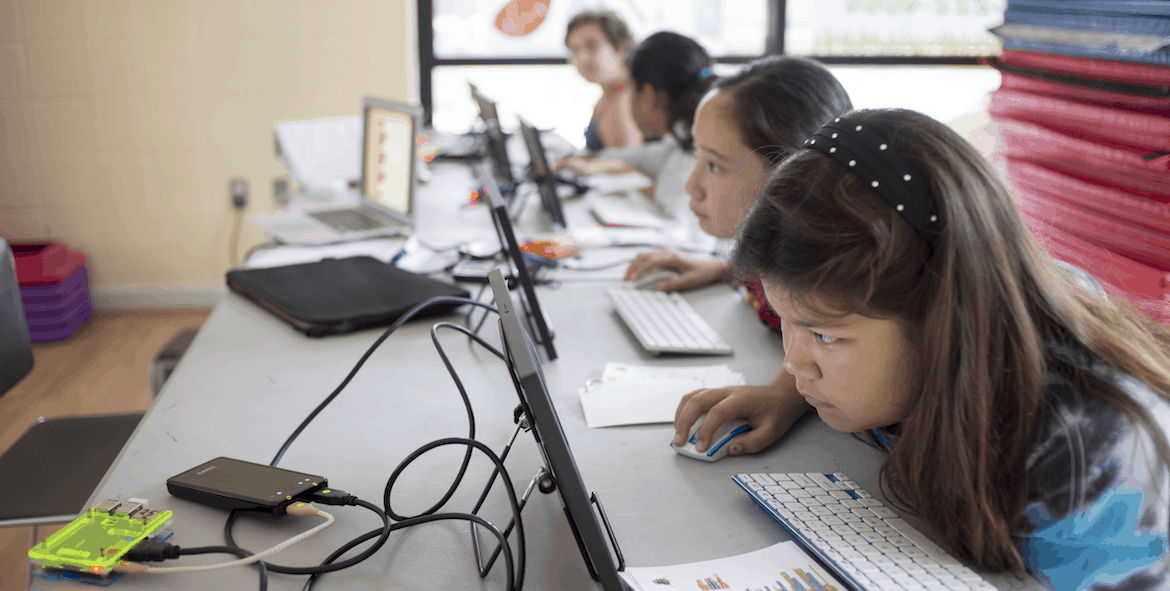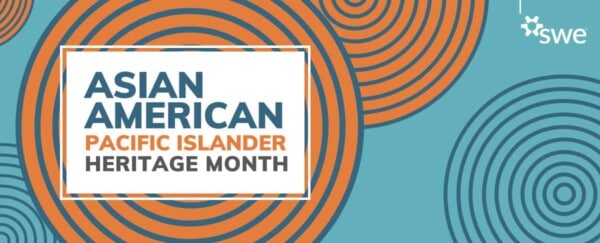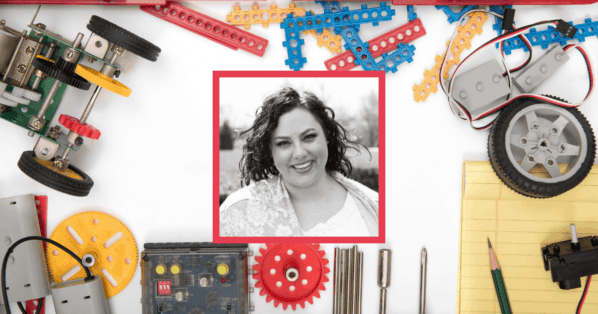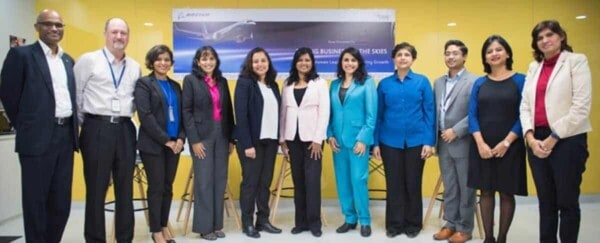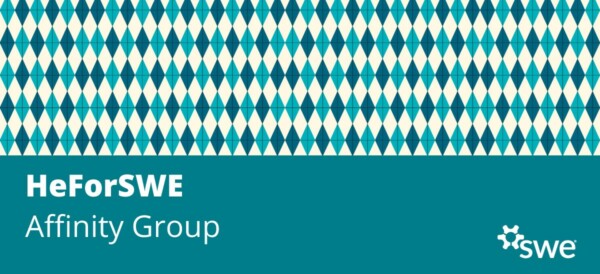This article was contributed by SWE member and co-founder of Boolean Girl, Sarah Eastman.
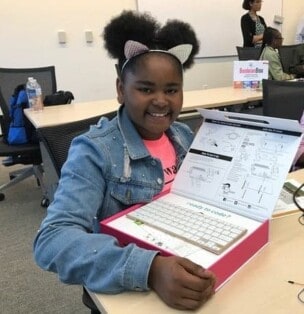 First, the good news: girls love coding.
First, the good news: girls love coding.
Now, for the bad news: educators face far too many obstacles in teaching girls to code, and low-income families suffer most of all. I’m co-founder of Boolean Girl, a non-profit whose mission is bringing diversity to tech by engaging girls and under-represented groups in grades three through eight with meaningful, hands-on instruction and sustained exposure to computer science and engineering in a collaborative and welcoming environment.
We provide enrichment classes, camps, special events, partnerships and online education. In 2014, our organization got its start teaching girls from the families in our neighborhood in Arlington, Virginia. We paid attention to what the girls liked and didn’t, and we slowly refined our content as we taught larger and larger groups.
Since those early days, we’ve taught thousands of girls in camps, schools and online, and we’ve found a couple of broad themes: girls tend to like projects that have a story, they tend to gravitate toward collaborative work, and they tend to be less interested in skill-based video games like ping pong. So we built our teaching content around those interests. (Of course, every child is unique. If a child doesn’t conform to these themes, they have plenty of freedom to code in whatever way works for them. We believe in creativity, not cookie-cutters.)
So… how’s it going?
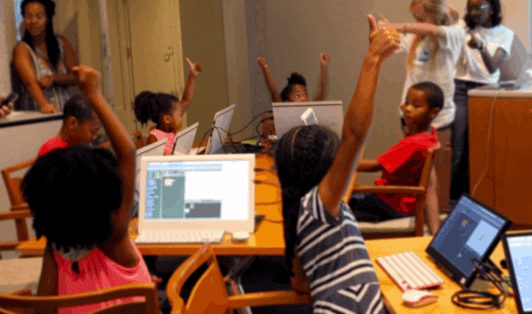 Well, we’ve gone from offering one class to offering a robust set of programs that takes kids with no experience on a progressive learning path from beginner to advanced coder. They start with a drag-and-drop coding language designed for kids, and they progress to electrical engineering and eventually Python (a language used by technology professionals around the world). They even use coding to modify Minecraft. If you’re not familiar with Minecraft, ask the nearest ten-year-old if they like it. The chances are pretty high they’ll say “yes.”
Well, we’ve gone from offering one class to offering a robust set of programs that takes kids with no experience on a progressive learning path from beginner to advanced coder. They start with a drag-and-drop coding language designed for kids, and they progress to electrical engineering and eventually Python (a language used by technology professionals around the world). They even use coding to modify Minecraft. If you’re not familiar with Minecraft, ask the nearest ten-year-old if they like it. The chances are pretty high they’ll say “yes.”
In 2018, we reached over 2400 girls, more than double the number we reached the prior year. As a non-profit, we’ve been able to raise money from corporate and individual sponsors. These donations allow us to reach more children from underserved and low-income communities, including boys in economically disadvantaged areas. One in three of our partner schools is in a low-income community, and 25% of the kids we reach come from low-income families.
But it isn’t easy…
The challenges remain. We have a list of schools in underserved communities queued up, just waiting for donations that can fund programs. We have other schools that we would love to help, but they don’t know about us. While well-intentioned, parents who lack an engineering background don’t often seek out programs like ours. If we can get in the door, the kids love our clubs (and so do their parents!), but navigating the unique access path for each school is time-consuming.
In rural areas, where the population of trained technologists is smaller, qualified instructors are difficult to find and recruit. For this reason, we launched a new model in 2018 in which we train the teachers how to teach coding. With a single donation, we kicked off a pilot program to provides skills to local teachers and create clubs in rural areas with great success (just ask the kids!).
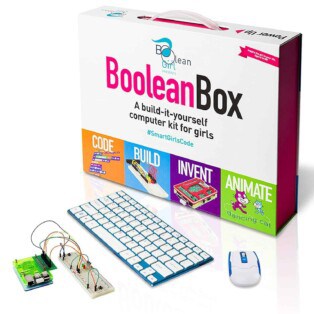 While the teach-the-teacher pilot provides a path to remedy the shallow labor market, another problem keeps cropping up. Learning computer science, as you might guess, requires computers, and hauling computer equipment with specialized software from school to school is logistically complicated. This complication led us to develop a portable, convenient, self-contained computer kit called a Boolean Box. It’s a build-it-yourself computer that contains everything kids need to code and build electrical engineering projects, such as wires, buttons, resistors and a breadboard.
While the teach-the-teacher pilot provides a path to remedy the shallow labor market, another problem keeps cropping up. Learning computer science, as you might guess, requires computers, and hauling computer equipment with specialized software from school to school is logistically complicated. This complication led us to develop a portable, convenient, self-contained computer kit called a Boolean Box. It’s a build-it-yourself computer that contains everything kids need to code and build electrical engineering projects, such as wires, buttons, resistors and a breadboard.
Kids love to use the Boolean Box in our classes, and many ask to take them home. (It’s sold for home use through a separate, for-profit entity called Boolean Girl Tech.) At $169.99, it’s a great option for the many families who can afford it—but I worry about the ones who can’t. Their more affluent peers are getting time for further study and reinforcement, and they’re not. With free projects on our website, kids have the opportunity to develop a hobby that’s fun and builds confidence, and that’s something all kids deserve.
Take a peek inside the Boolean Box
Support for Teachers
Overworked teachers are being asked to take on more and more, often expected to learn STEM skills and teach them in the classroom. While it’s a wonderful career builder for teachers, acquiring STEM skills is another task on their long to-do lists. For this reason, we are launching a new model in 2019 for our after-school clubs (based on the success of our rural area pilot programs), in which we train teachers to teach coding and provide a stipend for them.
Boolean Girl furnishes a stipend to teachers of $250. Facilitators (who manage the administrative details of a club, such as securing a room) receive $100. We also pay a referral bonus, because we believe in providing incentives to spread our mission, and we don’t believe in unpaid work. If a teacher or facilitator recommends a friend to start a club, that teacher or facilitator will receive a $50 bonus upon completion of the friend’s class.
No technical expertise is required for teachers, because Boolean Girl will teach them everything they need to know. Our curriculum is accessible for anyone, including teachers without prior coding or technical experience. People with no background in computers learn to teach our classes and do so with great success.
Some Sobering Statistics (and a Dash of Inspiration):
In 2015, there were 51 teachers who graduated with a certificate to teach computer science in America[1]. Let that number sink in: there are 328 million Americans[2], almost 57 million school children[3], and only 51 teachers who are certified to teach them in the field that is certain to dominate every aspect of the world they inherit.
It’s hard to imagine a job in the future that won’t require computers, but it’s easy to imagine the disastrous consequences of excluding people from those jobs due to lack of training. From medicine and transportation, to dating and social networks, job searches, elections and so much more, coders are going to build the society our children enter.
When the hurdles seem high, the commitment of our donors (both large and small) propels us forward. Our mission is personified when we see a girl pump her fist in the air after getting her code to work, or two kids high-five when they assemble their Boolean Box computers.
Inspiration is dispensed in large doses at Boolean Girl. Young coders light up as they discover that coding is fun, accessible and creative. Unlike traditional computing environments in which under-represented kids are opting out, our kids opt in. What more could we want?
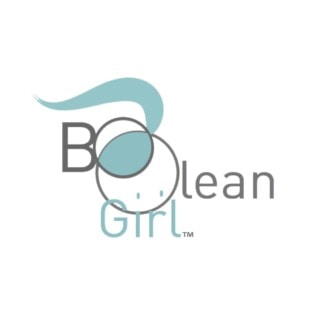
[1] Source: K–12 Computer Science Framework. (2016). Retrieved from http://www.k12cs.org. p. 168
[2] https://www.census.gov/popclock/
[3] https://nces.ed.gov/fastfacts
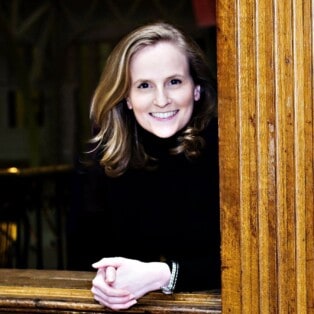 Sarah Eastman is the co-founder of Boolean Girl, a non-profit whose mission is bringing diversity to tech. She is also co-owner of Boolean Girl Tech, the company behind the Boolean Box and other tech toys. A software engineer by training and occupation, Sarah spent fifteen years in highly-technical coding positions, specializing in Big Data and internet analytics, with stints at The Washington Post, Prudential, in consulting and the startup world. Using her technical and business background, Sarah works on product design, strategy and business development at Boolean Girl. She has a degree in computer science with a minor in mathematics from Georgetown University.
Sarah Eastman is the co-founder of Boolean Girl, a non-profit whose mission is bringing diversity to tech. She is also co-owner of Boolean Girl Tech, the company behind the Boolean Box and other tech toys. A software engineer by training and occupation, Sarah spent fifteen years in highly-technical coding positions, specializing in Big Data and internet analytics, with stints at The Washington Post, Prudential, in consulting and the startup world. Using her technical and business background, Sarah works on product design, strategy and business development at Boolean Girl. She has a degree in computer science with a minor in mathematics from Georgetown University.
Author
-
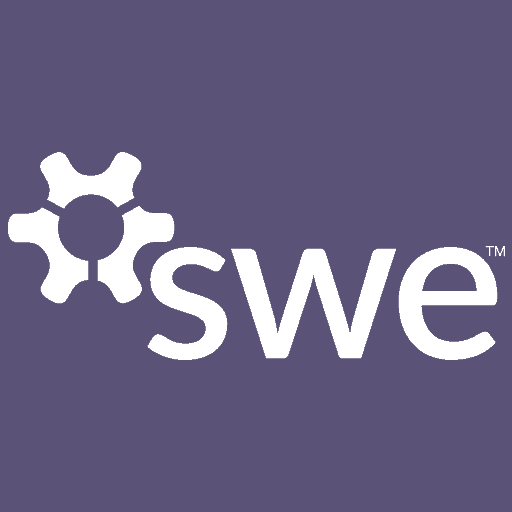
SWE Blog provides up-to-date information and news about the Society and how our members are making a difference every day. You’ll find stories about SWE members, engineering, technology, and other STEM-related topics.

